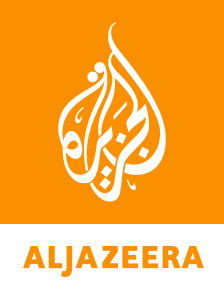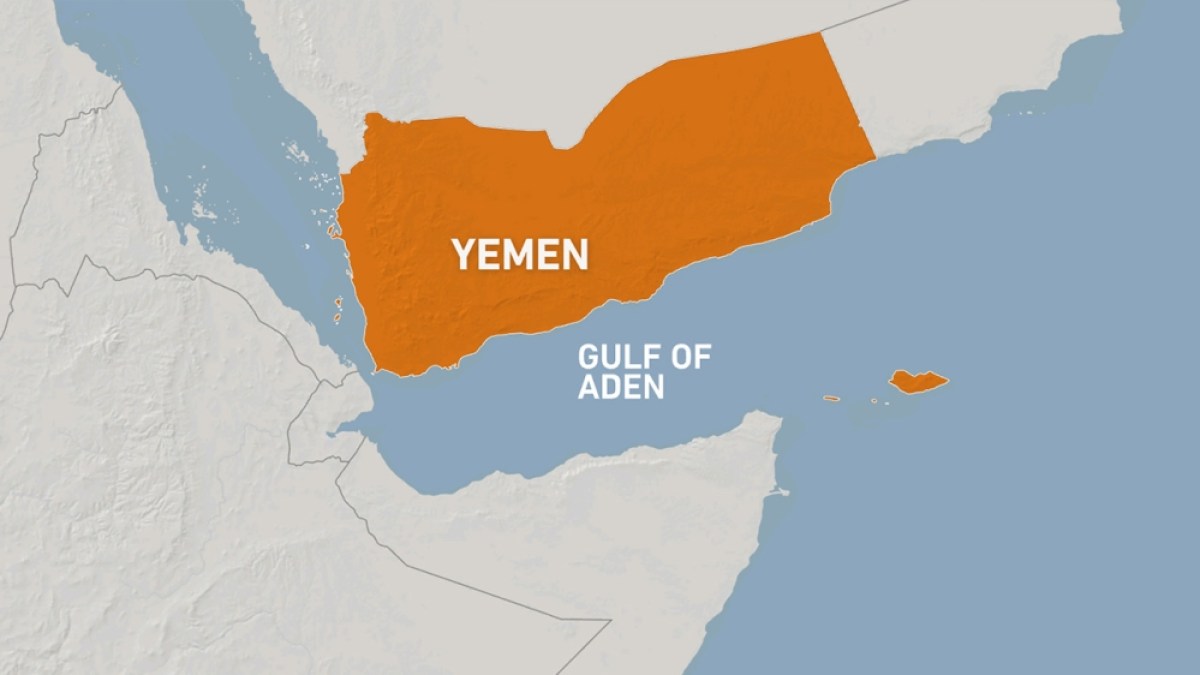Australians will head to the polls on Saturday to vote in federal elections and choose their next parliament.
The ruling centre-left Labor Party, led by Prime Minister Anthony Albanese, is polling slightly higher than the Liberal-National Coalition, led by Peter Dutton, in a campaign that has been largely dominated by housing price woes.
Here is more about how the elections in Australia – where it has been compulsory to vote for the past century – will work:
What’s at stake?
Australians will vote for the upper and lower houses of parliament.
Voters will elect representatives for their area – members of parliament (MPs) – to the lower chamber, the House of Representatives, which initiates or proposes most laws.
There are currently 151 elected members of the House, who hold their seats for three years. However, this year, the House will shrink to 150 elected members due to a redrawing of electoral districts.
Voters will also elect representatives for their state or territory to the upper chamber of parliament, the Senate, which reviews the laws passed by the House. There are 76 elected senators who hold their seats for six years. This year, 40 of these seats are up for grabs.
To form a government, a party needs to win a majority – at least 76 seats – in the House of Representatives. If no party wins an outright majority, the party with the highest number of seats forms a minority government by collaborating with smaller parties or independent members.
Besides Labor and the Liberal-National Coalition, a number of independent and minor parties are also vying for seats.

What time do the polls open in Australia?
More than 7,000 polling stations across Australia will open from 8am until 6pm. Because Australia has multiple time zones, here is a breakdown of the times the polling places open:
- Polling stations in Queensland, New South Wales, Tasmania, Victoria, Canberra and Jervis Bay will be open on Saturday from 8am to 6pm Australian Eastern Standard Time (22:00 GMT on Friday to 08:00 GMT on Saturday).
- The Australian Electoral Commission (AEC) website lists several polling places in Canberra for residents of the remote overseas territory Norfolk Island. However, there is one polling place on Norfolk Island itself, which will open from 8am to 6pm Norfolk Time (21:00 GMT on Friday to 07:00 GMT on Saturday).
- Polls in South Australia, Broken Hill (a New South wales outback town that’s close to the South Australia border) and the Northern Territory will vote from 8am to 6pm Australian Central Standard Time (22:30 GMT on Friday to 08:30 GMT on Saturday).
- The AEC website lists polling stations closest to the overseas territories of the Cocos, or Keeling, Islands and Christmas Island in the Northern Territory. They will also vote in Australian Central Standard Time (22:30 GMT on Friday to 08:30 GMT on Saturday).
- Polls in Western Australia open from 8am to 6pm Australian Western Standard Time (00:00 to 10:00 GMT on Saturday).
Can people vote at other times?
Australia has more than 500 early voting centres, which opened on April 22 and will close on Friday, May 2. About 4.8 million Australians had already cast early ballots as of Thursday.
During the early voting period, overseas Australians may vote at overseas voting centres, which include embassies and consulates. While it is not compulsory for overseas Australians to vote, they must notify the AEC if they are not voting.
There is also a remote voting system in Australia that opened on April 22. Small AEC teams travel by car, plane, helicopter or boat to collect votes from remote communities. They have visited remote locations and islands, including the Cocos Islands and Christmas Island.
Australia also has a postal voting system.
How do Australian elections work?
A federal election takes place every three years in Australia through a preferential voting system.
Voting is compulsory in Australia for citizens aged 18 and older. There are 18 million eligible voters in Australia. Voters must be registered on an electoral roll to be able to cast their ballots.
If voters do not vote and fail to submit a legitimate reason, they face a 20-Australian-dollar (US$12.75) penalty.
After voters’ identities are verified at polling stations and checked off the electoral roll, they are given two ballot papers – one for each of the two houses of parliament. Voter ID is not required.
A green ballot paper is for selecting representatives for the House of Representatives. On this paper, voters must rank all the candidates running in their constituency in order of preference.
A white ballot paper is for voters to pick senators. The ballot paper lists parties running in the election at the top of the form while candidates for each party are shown at the bottom.
On the white paper, voters choose one of two ways to vote: They can either select a party at the top of the form, or they can rank candidates in order of preference on the bottom part of the form.
Pencils are supplied at polling centres, but voters are allowed to mark their votes with pen as well.
A candidate wins if they manage to win more than 50 percent of the first-preference votes.
If no candidate reaches the 50 percent threshold, the candidate with the fewest votes is eliminated and his or her votes are distributed to the candidate that voters nominated as their second preference. This process continues until a candidate reaches the threshold.

What do the polls say?
Opinion polls from YouGov suggested Albanese’s Labor Party was leading Dutton’s coalition by a narrow margin in the two-party preferred vote as of Wednesday. The projected vote share for Labor is 31.4 percent and for the Coalition 31.1 percent.
If Labor forms a minority government, it is most likely to do so in cooperation with the Greens or with the Teals, a group of centrist independents focused on environmental issues, Charles Edel, senior adviser and Australia chair at the Washington-based Center for Strategic and International Studies (CSIS), said in a written analysis on the CSIS website.
Edel added that the Teals and Greens would likely push Labor’s focus towards environmental issues but are unlikely to influence foreign policy decisions beyond this issue.
What did the last parliament look like?
The Labor Party won a majority with 77 seats out of 151 in the House of Representatives in the last federal election in 2022. The Liberal-National Coalition won 58 seats. The Greens took four.
The election brought Labor back to power after almost a decade.
In the Senate, the Labor Party held 25 seats, the Coalition 30, the Greens 11, minor parties six and independents four, when parliament was dissolved on March 28 ahead of the federal elections, leaving a caretaker government in charge.
What are the key issues in these elections?
The key issues shaping the vote include housing costs, the economy, defence and energy.
Cost of living
Inflation has caused the cost of living in Australia to surge in recent years. The price of eggs, for instance, rose by 11 percent last year, according to government figures.
The Reserve Bank of Australia has increased its benchmark interest rate multiple times during the Albanese administration, hitting a peak in November 2023 at 4.35 percent. In 2023, annual inflation peaked at 7.8 percent.
Housing prices
Australia’s high property and rental prices, which have led to unaffordable and scarce housing, are on top of voters’ minds this election.
On average, a household in Australia’s largest city, Sydney, needs to earn about 280,000 Australian dollars every year (US$180,000) to be able to afford the median house price of 1.4 million Australian dollars (US$900,000), according to research by the property consultancy PropTrack. The city ranks as the second least affordable out of 94 urban centres globally, according to the International Housing Affordability survey by Demographia, written by the American urban policy analyst Wendell Cox and published in 2024.
Average rent in Australia rose by 4.8 percent last year after increasing by 8.1 percent in 2023, according to the property analyst CoreLogic.
“This is a crisis that took decades to create, and it’s going to take decades to fix, but we do need someone to step up and take the first steps,” Maiy Azize, the national spokesperson for the pressure group Everybody’s Home, told Al Jazeera.
While the Labor Party has promised to build 100,000 homes for first-time buyers, the Liberals have pledged to invest in infrastructure and reduce red tape to speed up housing approvals.
Energy
Australian politicians face growing calls from voters, especially from younger age groups, to do more to transition to clean energy. A 2023 survey by the independent nonprofit Energy Consumers Australia suggested that about half of Australians aged 18 to 34 want Australia to be powered by renewables by 2030.
Both major parties agree that the transition is needed, but the methods to achieve this transition are what divides them. The Coalition seeks the construction of seven nuclear power plants funded by the government, which could begin providing energy by 2035.
However, the Labor Party argues that the energy from existing coal- and gas-fired generators would not be enough to meet the country’s needs while Australians wait for nuclear energy to kick off. The party instead proposes to supply 82 percent of Australia’s grid with renewable energy sources.

How soon will the election results be known?
Ballot counting will begin on Saturday after 6pm Australian Eastern Time (08:00 GMT) once polling stations close. Most postal votes are counted after election day.
While the AEC never publishes the final results on the night of the elections – it takes longer than that to count every vote – tallies typically start appearing and may indicate the result much sooner.

 3 months ago
189
3 months ago
189

















































